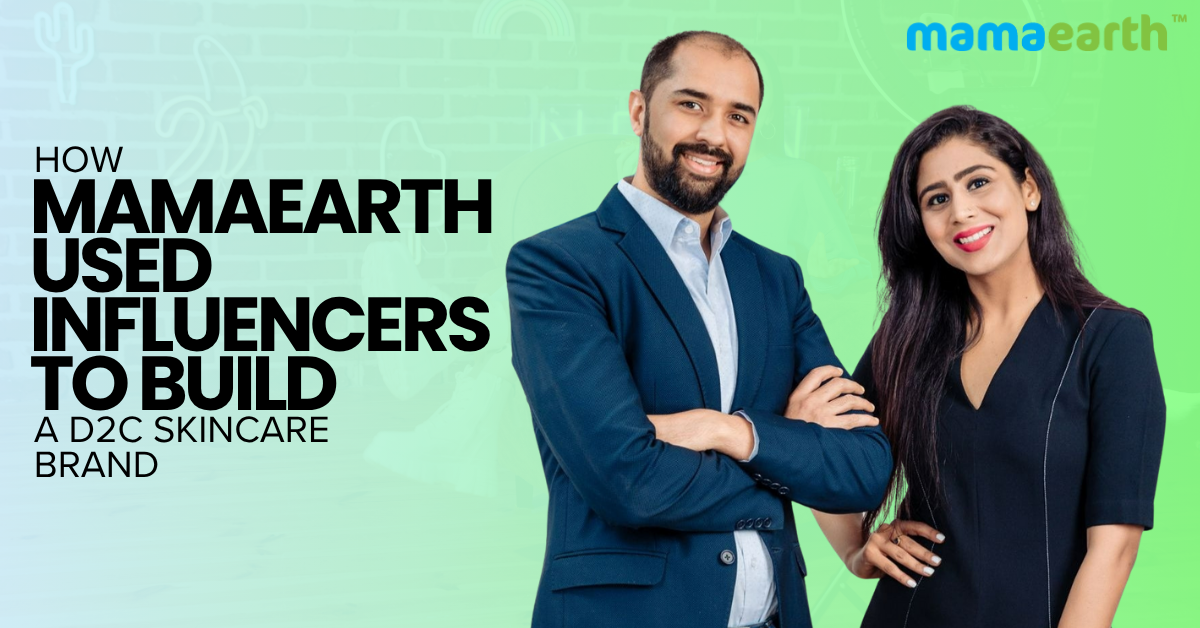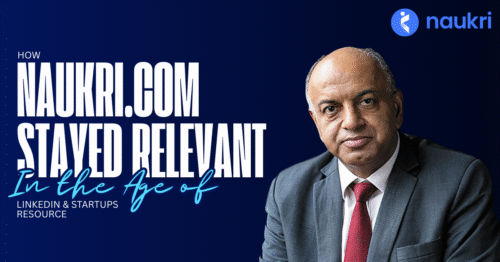In India’s cluttered skincare market, Mamaearth has carved out a unique space for itself. What started as a small, toxin-free baby care brand has now transformed into one of India’s most recognizable direct-to-consumer (D2C) skincare names. Behind this rapid rise lies a strategy that leveraged the power of influencer marketing — not just as a tool, but as the backbone of its brand story.
Understanding the D2C Landscape
The D2C model allows brands to bypass traditional retail channels and build a direct relationship with customers. This demands trust, transparency, and a strong online presence. Mamaearth cracked this model by focusing on digital-first strategies — and influencers were central to that success.
1. Influencer-First Approach from Day One
Mamaearth didn’t wait to become big to work with influencers. From the very beginning, they partnered with micro and macro influencers, mommy bloggers, and skincare enthusiasts. These collaborations:
Created authentic product endorsements
Built trust among niche audiences like new moms and millennials
Generated user-generated content (UGC) that amplified reach organically
By aligning with real people who resonated with their target audience, Mamaearth positioned itself as trustworthy and relatable.
2. Mommy Bloggers and YouTubers as Brand Catalysts
The brand’s first audience was parents, especially mothers concerned about harsh chemicals in baby products. Mamaearth tapped into mommy bloggers, parenting forums, and family YouTubers who spoke passionately about:
Safe ingredients
Honest reviews
Personal experiences
This niche segment became the brand’s first tribe, giving them credibility and a loyal customer base early on.
3. Scaling Through Tiered Influencer Marketing
As the brand expanded beyond baby care into skincare, haircare, and wellness, it embraced a tiered influencer strategy:
Nano influencers (1k–10k followers): For authentic, everyday usage content
Micro influencers (10k–100k followers): For engagement-driven, niche audiences
Macro influencers and Celebrities: For mass reach and brand awareness
This layered model ensured Mamaearth maintained trust at the grassroots level while scaling visibility nationally.
4. Strategic Use of Video and Reels
With the rise of Instagram Reels and YouTube Shorts, Mamaearth adapted quickly. Influencers created short-form videos demonstrating:
Product usage
Skincare routines
Before-and-after transformations
These videos were relatable, snackable, and shareable, helping Mamaearth dominate platforms like Instagram and YouTube.
5. Leveraging Regional Influencers
To tap into India’s vast Tier 2 and Tier 3 markets, Mamaearth partnered with regional influencers. This localization strategy helped:
Break language and cultural barriers
Create emotional connection with local consumers
Drive conversions in smaller towns and cities
By doing so, Mamaearth widened its footprint beyond metros — a key factor in its D2C success.
6. Influencers as Brand Storytellers, Not Just Advertisers
What set Mamaearth apart was its ability to make influencers part of the brand journey, not just paid promoters. Many influencers shared:
Their real skincare concerns
Why they trust the brand
How Mamaearth fits into their lifestyle
This built emotional equity and made the content feel genuine and unscripted, leading to stronger consumer trust.
7. Data-Driven Influencer Campaigns
Mamaearth used advanced tools to track:
Engagement metrics
Conversion rates
Customer sentiment
This data-backed approach helped them identify which influencers worked best and allowed for campaign optimization, making influencer marketing an ROI-positive engine for growth.
Read
Conclusion: The Power of People-First Marketing
Mamaearth’s journey proves that influencers aren’t just about reach — they’re about relationships. By focusing on authentic storytelling, value-driven products, and a relatable brand voice, the company turned its influencer network into its most valuable marketing asset.
In a digital-first era, Mamaearth shows that when people trust the messenger, they’ll trust the message — and the brand behind it.
Read







